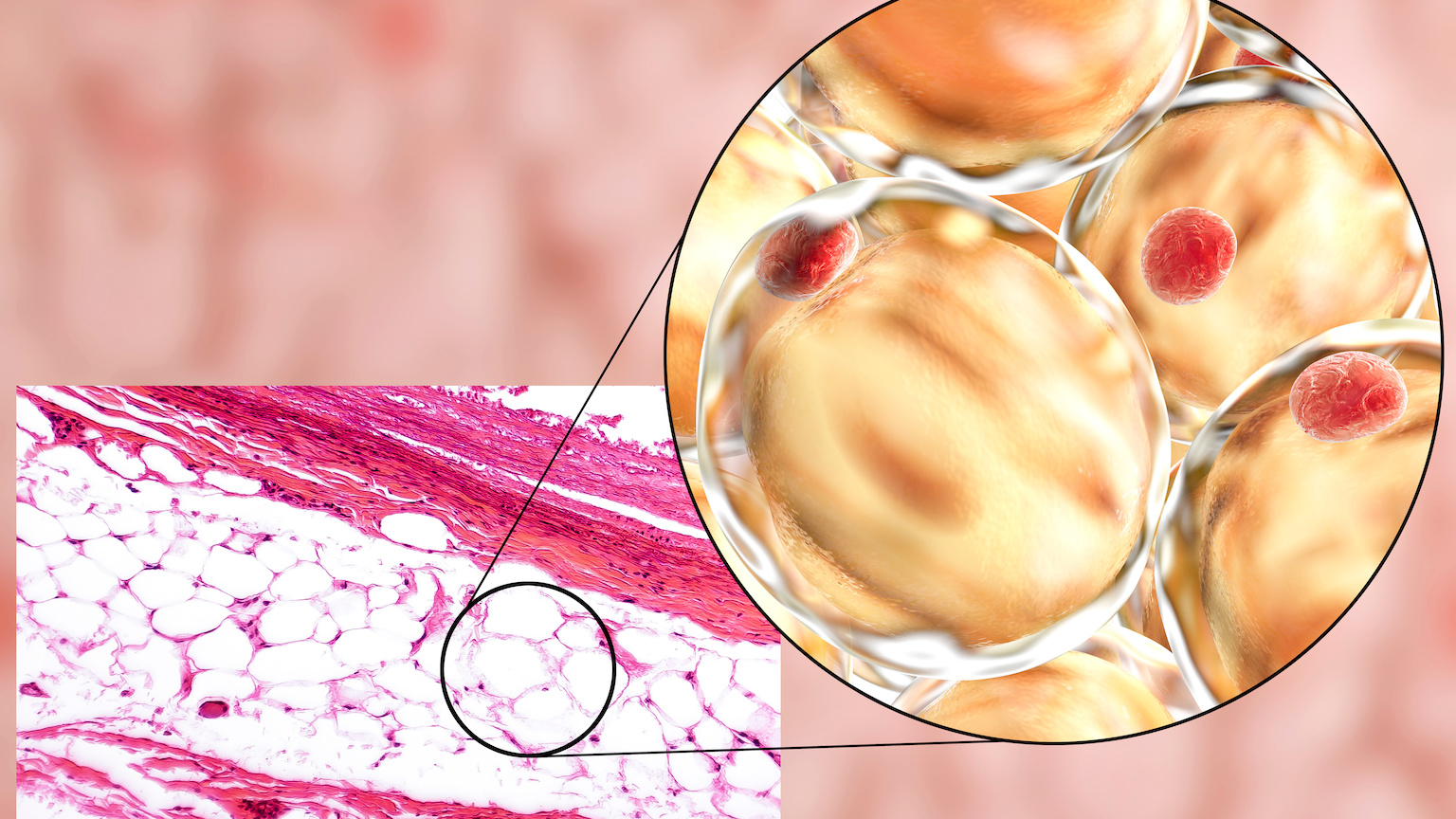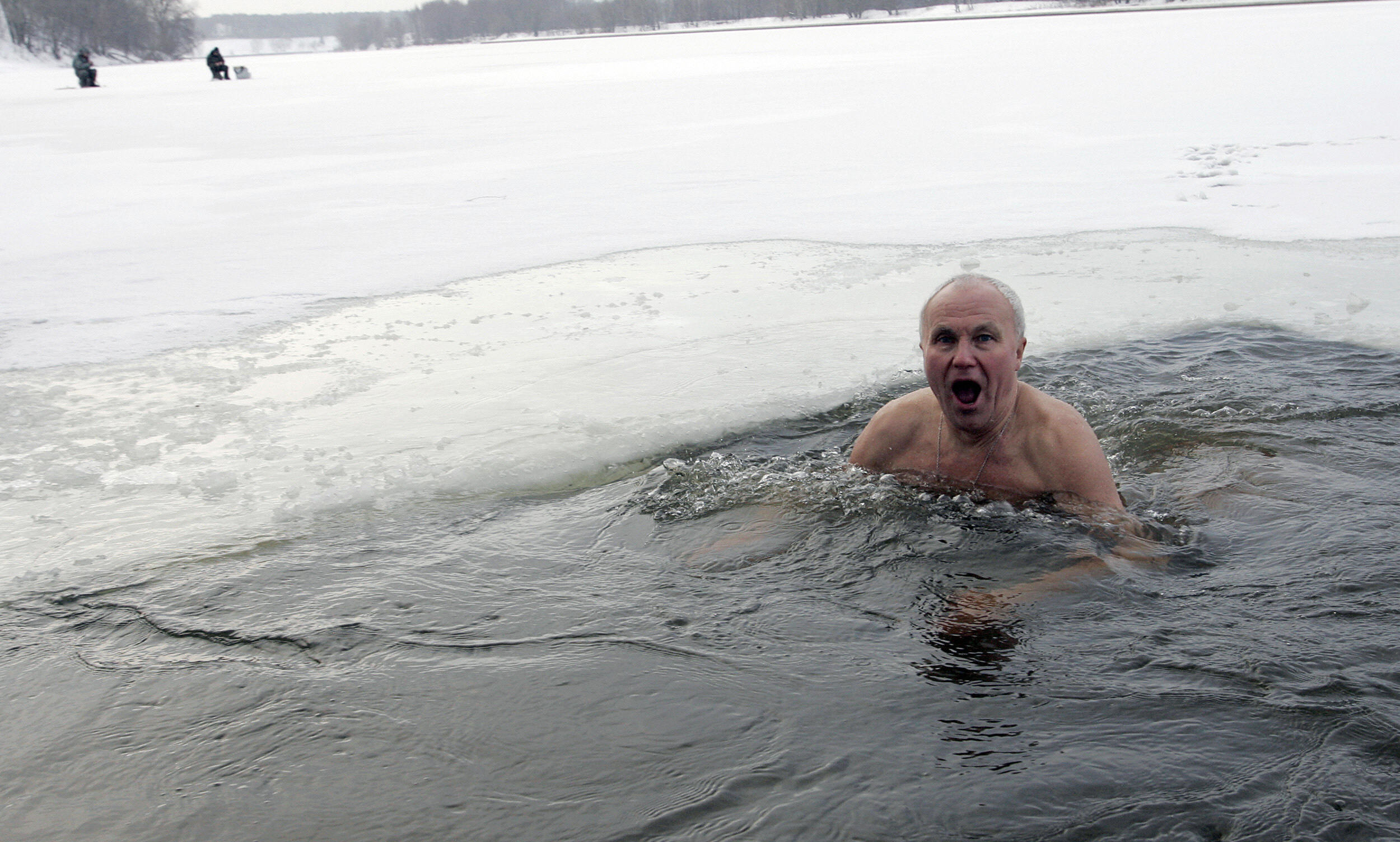DARPA wants scientists to find a drug that keeps you warm

- Scientists at Rice University and Baylor College have received funding from DARPA to look for drugs that can drastically improve tolerance to cold.
- The scientists plan to target compounds that boost the activity of brown fat. Brown fat burns calories stored in white fat to produce body heat.
- While waiting for researchers to pack warmth in a pill, people susceptible to the cold can naturally boost the heat their body produces by exercising, sleeping in a cooler room, and eating iron-rich foods.
Over the years, countless drinkers have experienced the warm embrace of a “booze blanket.” Consuming alcohol can make imbibers feel impervious to cold because the drug dilates blood vessels, ultimately shifting blood flow to the body’s borders. Here, the hot liquid brushes past thermoreceptors in the skin that transmit signals of warmth to the brain, which in turn translate into cozy feelings.
But the “booze blanket” is a big lie. While the warm sensations are genuine, having blood flow near the skin permits the body’s heat to be more easily drained by cold weather, increasing the likelihood of hypothermia.
Unfortunately, there is no known drug that actually makes you impervious to cold, but with recently announced funding from the Defense Advanced Research Projects Agency (DARPA), scientists at Rice University and Baylor College plan to start looking for one. Jerzy Szablowski, an assistant professor of bioengineering at Rice University, will lead the effort. He and Miao-Hsueh Chen, an associate professor of pediatric nutrition at Baylor, plan to deploy a novel screening method to hunt for pharmaceuticals that boost the warming activity of brown fat in the body.
Brown fat blanket
Unlike the more widely known white fat, which simply stores calories, brown fat — which gets its color from a preponderance of energy-producing organelles called mitochondria — dissolves white fat’s banked calories to produce body heat. Brown fat typically makes up around one percent or less of one’s body weight.
“If you have a drug that makes brown fat more active, then instead of having to spend weeks and weeks adapting to cold, you can perform better within hours,” Szablowski said in a statement. He imagines such a drug being given to people suffering from hypothermia or even to polar explorers.
The scientists’ search for a warming drug should get off to a quick start, as earlier research has already provided some guidance. In October of last year, scientists at the Scripps Research Institute identified a metabolite produced by the body, called myristoylglycine, that prompts the creation of brown fat cells in mice with no apparent ill side effects.
And two and a half years prior, researchers with the National Institutes of Health found that mirabegron, a drug currently approved to treat overactive bladder, boosted brown fat activity in 14 female volunteers when taken at twice the recommended dose over four weeks. The regimen also boosted their metabolism and insulin sensitivity in the process. However, use of the drug at such a high dose appeared to increase stress on the heart, making it an untenable solution for cold endurance.
While waiting on the new DARPA-funded effort to pack warmth in a pill, there are steps that individuals who are susceptible to the cold can take to warm up in the meantime. Regular exercise has been repeatedly shown to “brown” one’s fat tissue. Sleeping in a cooler room — at a temperature lower than 66° F — can also accomplish the same feat, albeit to a lesser degree. Eating an iron-rich diet with foods like meat and seafood, whole grains, leafy vegetables, and beans could also boost your brown fat.
Or you could just put on some extra layers.





